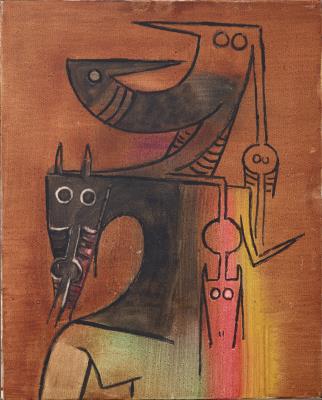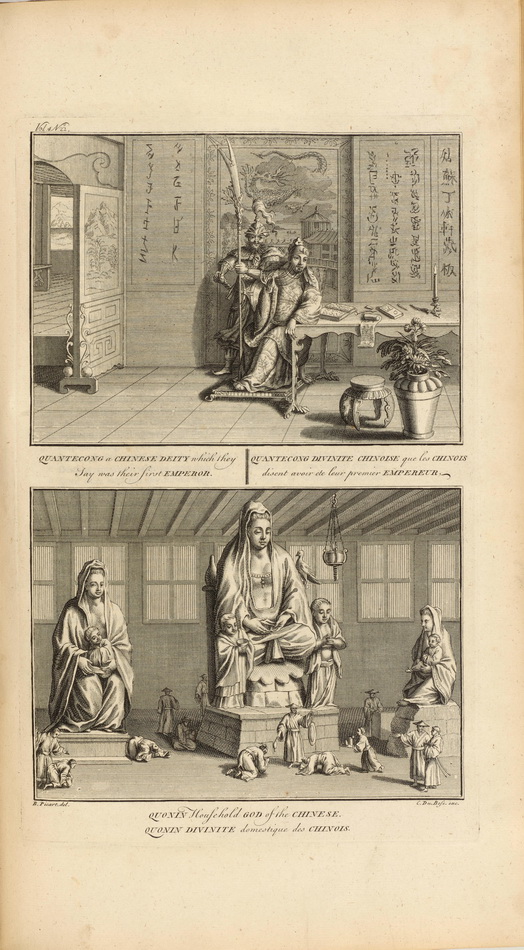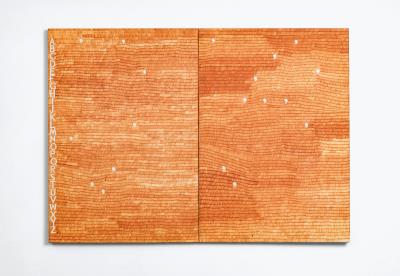图片文件尺寸 : 4618 x 5024px
RAY, JOHN. 1627-1705.:3 titles, all first editions:
1. Observations Topographical, Moral Physiological; Made in a Journey through Part of the Low-Countries, Germany, Italy and France ... with a Catalogue of Plants, not Native of England, found Spontaneously Growing in Those Parts. London: John Martyn, 1673. 2 parts in 1 volume. 8vo. 4 engraved plates. Contemporary calf, rebacked. Keynes 21.
2. Miscellaneous Discourses Concerning the Dissolution and Changes of the World. London: Samuel Smith, 1692. 8vo. With Imprimatur leaf (A1); lacking S3 (the penultimate leaf, errata). 18th-century calf, corner repaired on title. Keynes 81.
3. Synopsis Methodica Animalium Quadrupedum et Serpenti Generis. London: S. Smith B. Walford, 1693. 8vo. Engraved portrait frontispiece. 18th-century paneled calf, staining. Keynes 91.
雷,约翰。1627-1705. 3个标题,所有第一版:








